
Rituals at the university date back to the Middle Ages
As an invented tradition, MomenTUm offers a new twist
The university is full of them: rituals and traditions. Not that they may be very evident to our students, as they go about their daily business on campus. The opening of the academic year, the Intro activities, inaugural lectures given by associate professors promoted to the rank of professor, the traditional dress and the abundance of Latin. Cursor delved into the archives to help new students find their way in this centuries-old jungle.
The first thing that springs to mind for many people in terms of a university's rituals and traditions is the traditional dress. The gown and cap reserved for professors are, of course, hard to miss. Which is precisely the intention. Joep Huiskamp, policy officer for the Executive Board is well versed in the university's history: “The ceremonial gestures and traditions at the university have their origins in the Middle Ages. Someone who wears a gown is using it to signal that he or she holds a particular position: he is followed. That was and still is the essence of a university: students follow someone who knows a great deal about a particular subject. This arrangement grew out of monastic and church traditions and even today the two systems breathe a similar sense of hierarchy. Once you are wearing this outfit, something happens. The wearer of the gown feels it. The look alone marks out a moment in time.”
Gown
When you reach the rank of professor, you are expected to buy a gown and wear it at formal occasions. “Gowns are available to borrow until the new professor has one made,” knows Maartje Mulder, coordinator at the Office of Doctoral Presentations. “Professors may only borrow the gown temporarily because the Executive Board wants all professors to have their own gown made. The borrowed gowns are often donations from deceased professors.” Gowns for use at TU/e are black outfits that will set the purchaser back nearly 1000 euros. For that price, the garment is made to measure and a cap is included.
All TU/e's gowns are produced in the sewing studio owned by George Pisa & zn., tailors in Eindhoven. Production supervisor Francien Rutjes gives Cursor a tour and shows everything involved in producing one of their gowns. She knows the process inside out as she has worked here for almost fifty (!) years. "It's the velvet in the TU/e gown that makes the garment so labor intensive. It is pressed rather than woven and damages easily. This is why the garment is kept in so much wrapping. The wearer is measured up and the gown is made to measure." No personal choices are left to the wearer to make and the fabric is chosen by the university. Even today small differences exist between the women's and men's gowns: the men have an opening in the gown giving them direct access to a trouser pocket. That's not the case for women: they get a pocket sown into the gown itself.
A certain degree of decorum is required when wearing a gown: you can't wear sneakers, as Mulder acknowledges. “Certain dress codes apply at doctoral ceremonies, designed, it is true, to avoid things like jeans and trainers making an appearance. For professors, the dress code is gown, cap, white blouse or white shirt and grey tie, dark suit, black shoes. For ‘non-professors, there is also a code: dark suit or tailcoat, white blouse or white shirt, with tie and black shoes. The beadle should wear a gown, cap, grey tie and black shoes. Doctoral candidates and their paranymphs (supporters) must wear a dress suit or dark suit with a white blouse or shirt and black shoes.” In the basement of the Auditorium building is the robing room, the place where all the gowns are stored. Here, ceremony participants can change their clothes. In principle, a person keeps their first gown, the one they wore when appointed to the rank of professor, even if they later change universities. This explains why in photos you might occasionally see different gowns in one group, even though everyone shown works at TU/e.
On the photos below doctoral ceremonies over the years:
Intro week
The Intro is a tradition we think needs little explanation: every student is familiar with this phenomenon. But within the Intro there are many traditions, some of which go back a long way within our university and/or student life. Such as the recruitment drive held by associations along the Limbo path, the tradition of members of one association raiding another association and carrying off items as booty (het brassen van spullen) or the downing of a glass of beer in one go (het adje trekken). Students aren't strangers to centuries-old traditions by any means, take for example the initiation ritual of hazing (ontgroening).
“Anthropologists study a community's rituals in order to learn what is held to be vitally important,” says Huiskamp, in explaining the role of rituals at the university. “Rituals serve to reflect important values and unwritten rules. They are milestones in social life. Rituals often consist of a series of actions, performed within sight and hearing of an assembly of community members. They follow a fixed order of events, and have a clear start and finish. A ritual, in short, creates order in a chaotic world.”
Ceremonies
The academic year is opened by the rector, who wears full regalia: a gown, chain of office and cap. Carrying a staff, the beadle leads, charged with ‘clearing the way’. On this occasion, the professors walk in procession. Once the procession arrives at its destination, a hall, the audience is required to stand briefly as a mark of respect. A ceremony of this kind is also held for inaugural lectures, when an associate professor has been appointed full professor, and to celebrate Founders' Day or Dies Natalis, literally the day on which the university was 'born'.
The precise date when we should celebrate Founders' Day here in Eindhoven is hard to pinpoint. Founding a university comes at the end of a long period of gestation, and so the official start date it is not entirely clear and three dates are regarded as milestones. In the late 1940s the first serious plans were made and in 1956 the TU/e was born in its first guise as the Technische Hogeschool Eindhoven (THE). Thus, on June 7th, 1956 Queen Juliana signed the revised Technical Higher Education Act, in which the THE was mentioned as an institute. On June 23rd, 1956 the Act entered into force and the board of the THE was sworn in. On September 19th, 1957 the THE was opened by the queen. The rector at the time, Professor Henk Dorgelo proposed June 23rd as Founders' Day “but that wasn't very practical,” knows Huiskamp. “It is so close to the start of the summer vacation. So then April was chosen. The date is a little fluid, as was Queen's Day for a long time.”
University song
Many universities have their own university song. The same is true of TU/e. A composition was written specially for the opening, ‘Inno Della Tecnica’, by Jurriaan Andriessen. “It is seven-minutes long," Huiskamp knows. "It seems not to have been played in recent decades and has sunk somewhat into obscurity.” Cursor tried to turn up audio and moving images in the archives, but alas without success. “As well as ‘Inno Della Tecnica’, there is also a student song that is sung at the opening of the academic year: Io Vivat (Latin for 'Hurrah, may they live long!' ed.).”
The 101 academic terms for greenhorns
- Cortege – procession of professors. Participants walk in a given order. For an inauguration, for example: the Beadle leads the way, next, walking side by side, come the rector and professor whose inauguration it is, they are followed by the dean of the department, then the guests from other universities, emeriti, only then come the professors from the department in order of years since their appointment (i.e. not age!).
- Dies Natalis – Latin for ‘day of birth’: celebration of the university's 'birthday', also known as Founders' Day. At TU/e this day is celebrated in the spring.
- Rector Magnificus – Latin for ‘highest administrator’, the person ultimately responsible for the university's education and research
- Dean – the professor who in addition to holding a chair is in charge of his or her department
- Beadle – the one at the head of the cortege who carries the Beadle's Staff. He is a university official. ‘Beadle’ comes from the Latin word bedellus. From there it's one step to the Latin word pedellus and the Latin word pes (plural: pedes) meaning 'foot'. As the person in front the beadle clears the way for the other professors. And, if necessary, the staff can be used to beat a path through the crowd. The beadle is the master of ceremonies at formal sessions such as the Dies Natalis, orations and farewell speeches.
- Inaugural address / speech - In his or her inaugural speech, which is a public event, the newly appointed professor officially accepts his or her new office.
- Hora est – Latin for ‘it is time’ and in speaking these words the beadle brings to a end the doctoral candidate's 'ordeal' of defending their thesis. The doctoral candidate is allowed to stop answering questions as soon as the words are spoken.
- University Council – a student and employee participation body, its members are elected annually. The council meets once a month with the Executive Board.
- Executive Board – a group of people who manage the day-to-day running of the university. Its members are the rector magnificus, president and vice president. The members are appointed by the Supervisory Board, which in turn is appointed by the Minister of Education.
- Alumni – people who have graduated from a university
- Cantus – student singing festivity
- Degree certificate – official document presented during the graduation ceremony
- Paranymph - someone who is close to a PhD student and is allowed to accompany him/her at the thesis defense as a witness, like a groomsman or bridesmaid at a wedding
- Rector's Chain (of Office) – chain like the one worn by a mayor. TU/e keeps it stored in the room where the academic gowns are kept.
- Beadle's Staff – staff carried by the Beadle. For further information, see ‘Beadle’.
After reading all these terms, you may wonder why so much Latin is used in the academic world? It has long been the language of instruction in academia, especially for law studies and medicine. Even though that is hardly ever the case anymore, many terms have been preserved from that time.
New traditions
New traditions are also coming into being, joining the old ones. Take MomenTUm, at which graduates don a gown and mortarboard and walk across the stage, in American style. And also the Wall of Fame, where all our graduates may engrave their name in glass. This is hugely popular, so thought is already being given to where other panes might be made available for engraving.
Many old traditions at the university date back to the Middle Ages, when the gown and cap were hard earned. So what's the deal with MomenTUm? Ought students whose academic careers are just beginning be allowed to wear a gown and mortarboard? “See it as an invented tradition,” says Huiskamp. “Introduced to put that year's bachelor's graduates in the limelight and based on what American universities are doing. Is a tradition dating back 800 years better than a new one? That's the question. For the students themselves, it makes no difference. It is simply the way things are done. Every year another new cohort of students arrives and they hear about MomenTUm and for them it's simply part of the experience, just like all the other rituals.”


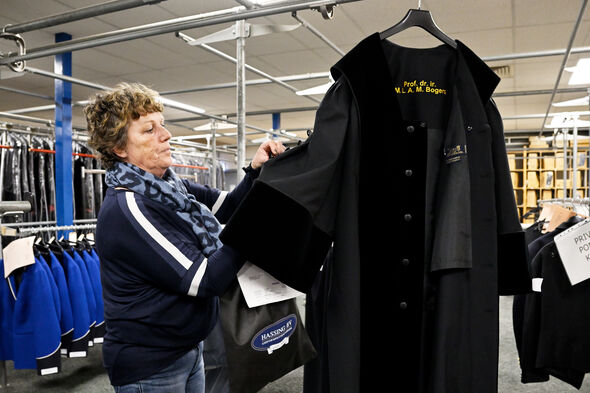
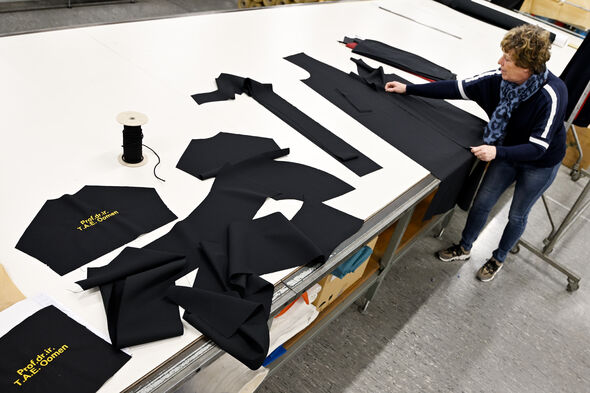
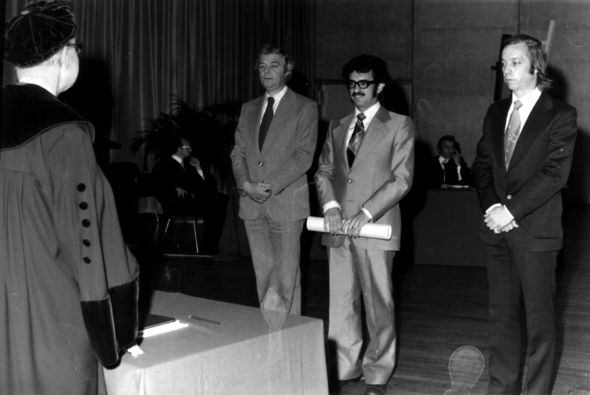
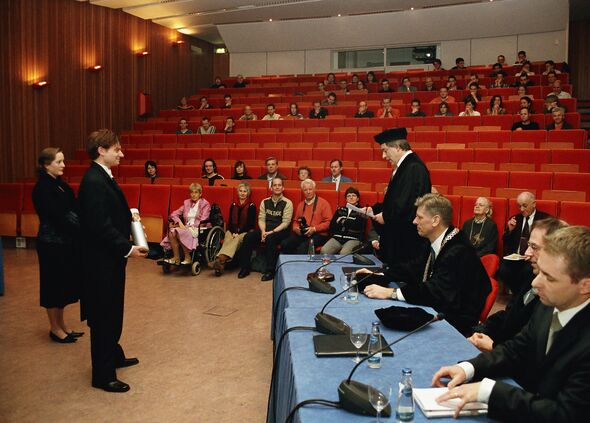
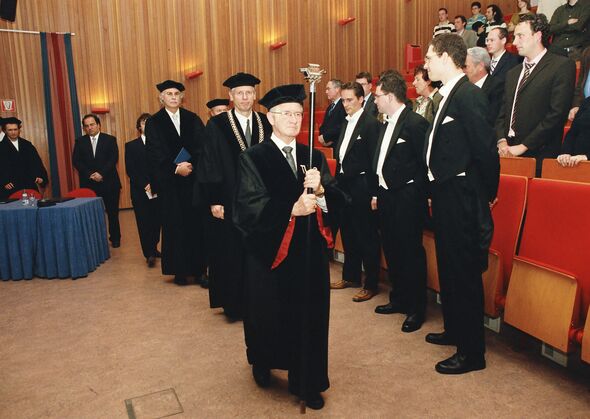
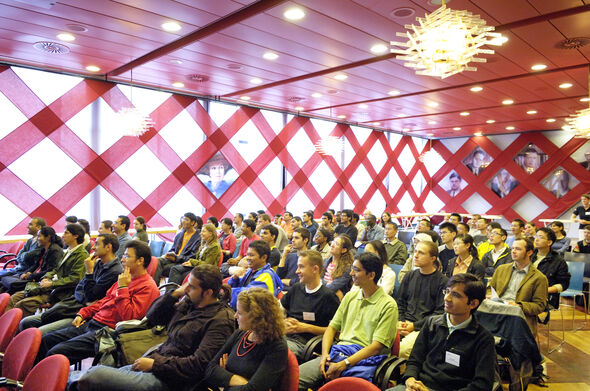
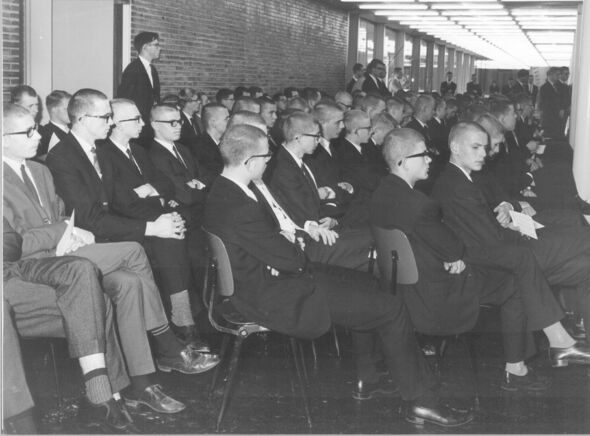
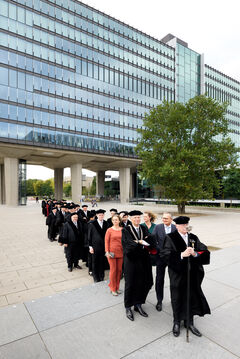
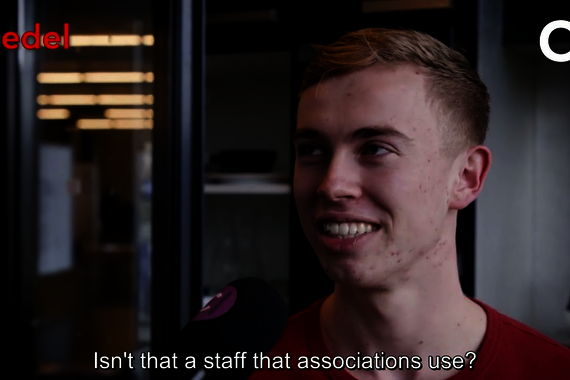

Discussion